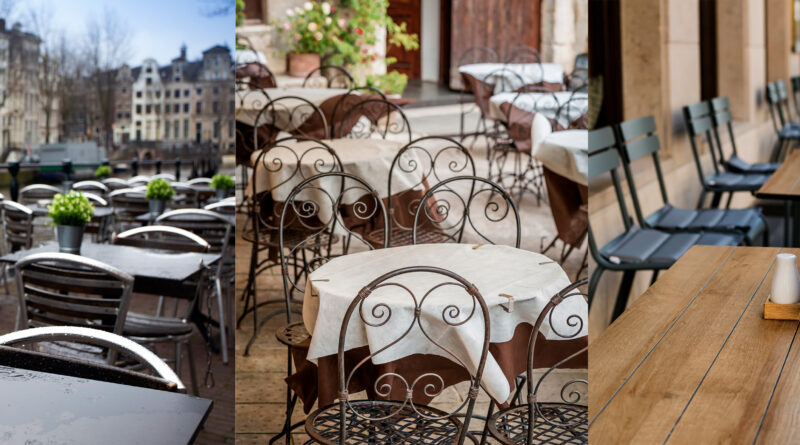Key Considerations for Successful Restaurant Moving
Moving a restaurant is a significant undertaking that requires meticulous planning and specialized expertise. Unlike residential moves, relocating a dining establishment involves handling delicate kitchen equipment, managing perishable goods, and minimizing downtime to ensure business continuity. Whether you’re moving to a larger location or just across town, employing professional restaurant moving services can make a big difference. Here’s how you can prepare for a restaurant relocation and ensure a smooth transition with minimal disruption.
Understand the Scope of Your Move
The first step in any successful restaurant move is to thoroughly assess the scope of the project. This includes determining the volume of furniture, kitchen equipment, and food items that need to be moved. It’s crucial to inventory everything and decide what will be relocated and what might be replaced or discarded.
Choose the Right Moving Services
Choosing the right moving services is crucial for a restaurant relocation. Since commercial moves require different expertise than residential moves, it’s important to select movers who specialize in restaurant relocations. They will be more familiar with the complexities such as handling commercial kitchen appliances, managing bulk food orders, and ensuring that sensitive items are transported safely.
Plan for Downtime
Relocating a restaurant usually means a temporary closure, which can impact your business financially. Plan the move during a typically slow period or consider a phased move if possible to keep part of the operation running. Communicate the move to your customers well in advance, informing them of the closure period and the new location’s opening date.
Handling Perishable Goods
One of the most challenging aspects of restaurant moving is dealing with perishable goods. Coordination is key to ensure that these items are transported quickly and safely without spoilage. Professional movers with experience in restaurant relocations will have the necessary equipment, such as refrigerated trucks, to handle perishable goods properly.
Dealing with Licenses and Regulations
When moving a restaurant, it’s not just about the physical relocation. You must also consider the transfer or reapplication of business licenses, liquor licenses, and health department certifications in your new location. Start this process early to avoid any legal issues that could delay your reopening.
Ensure Equipment Safety
Restaurant equipment is not only expensive but also essential for your operation. It’s imperative to ensure that all equipment is properly disconnected, cleaned, and prepared for the move. Professional movers with restaurant experience will know how to securely pack and transport large items like ovens, stoves, and refrigeration units to prevent damage.
Marketing Your Move
Use the move as an opportunity to generate buzz around your restaurant. Update your website, social media pages, and local business listings with the new address. Consider hosting a grand reopening event to attract customers and inform them about the new features or menu items your new location might offer.
After the Move
Once the move is complete, conduct a thorough inspection of all equipment and items to ensure everything arrived safely and is operational. This is also the time to arrange the final setup according to your new kitchen and dining area’s layout. The quicker you can set up, the sooner you can reopen and start serving customers.
Conclusion
Moving a restaurant involves many moving parts, from handling fragile kitchen equipment and managing perishable goods to ensuring regulatory compliance. Partnering with a moving company that specializes in restaurant relocations can greatly reduce the burden, allowing you to focus on getting your new location up and running with minimal disruption. By planning meticulously and choosing the right partners, your restaurant move can be a smooth transition that ultimately leads to greater success in your new venue.



